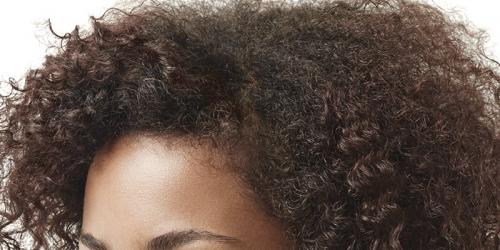Hair and henna
Henna owes its coloring power to the presence of a tannin, it is a true natural dye : with it, you will be sure not to damage your hair . The henna attaches itself to the keratin of the hair, revives your hair and enriches it with nuanced reflections. The henna sheaths the hair by bringing suppleness, shine and color! Henna is considered an exceptional product. It can also be used as a hair treatment.
How to make a henna stain
Want to cover your white hair or just change hair color? It turns out that henna staining is less aggressive than artificial coloring products that tend to weaken them. Henna is sold as a powder in supermarkets or Indian shops.
Henna mixes with warm water, preferably tea, and applies to dry hair. Indeed, tea increases the intensity of the color. You can also apply a fatty cream to the base of your hair to avoid staining tasks on the skin. The product should be left to stand for about 20 minutes. This operation is to be renewed approximately every three weeks to reinforce the coloring.
The Benefits of Henna Staining
Henna is a 100% natural care that does not attack the hair . It sheaths the hair fibers and helps to resist external aggressions such as wind, sun, heat. Henna staining will bring shine to your hair, moreover know that if you have fine hair, henna will strengthen them. It also fits perfectly to hair that tends to be fatty as it absorbs excess sebum.
The inconvenients
Henna-colored hair can not be re-colored using other synthetic dye products because the capillary rods are sheathed. Which is to say that if you regret your last coloration in an institute that will have cost you an arm, you will have to wait until the next regrowth to take out your favorite henna. The hairdressers never risk to chew a hair treated with henna for fear of seeing their client come out with green hair. Attention also to the time of installation which determines the color obtained.




